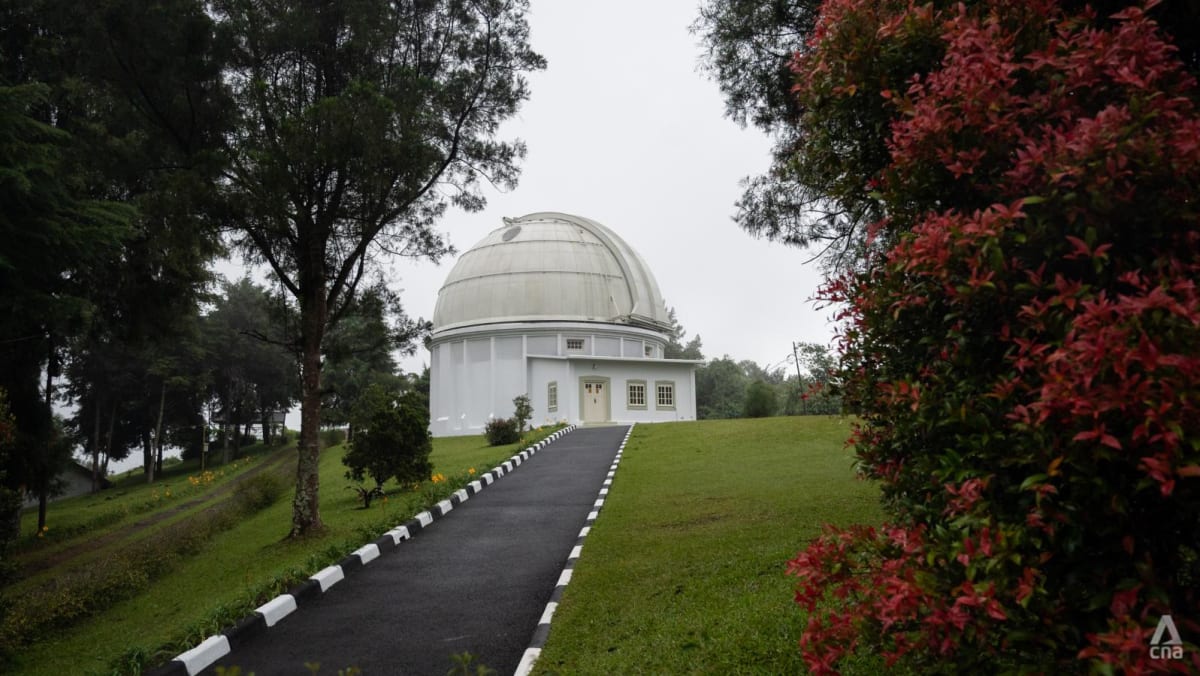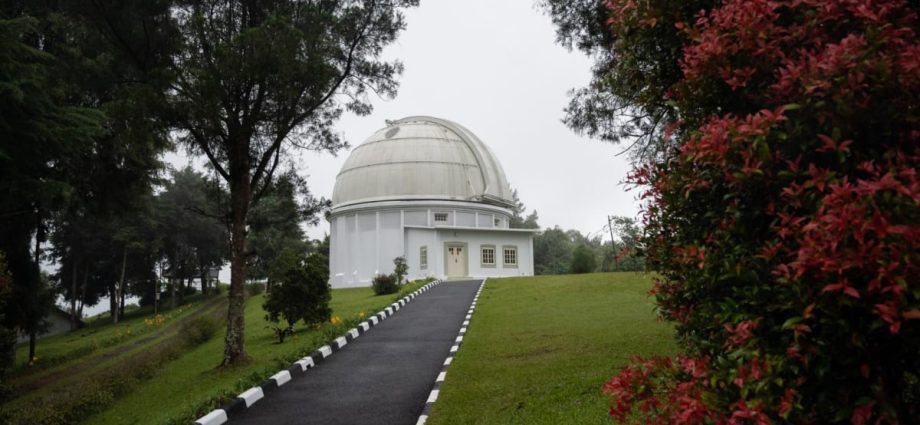
Observation of the night sky, she said, can only begin after 11pm, granted that the sky is clear. Even then, scientists can only observe stars at an angle of more than 30 degrees above the horizon. If the telescopes are aimed any lower, the celestial objects would be completely awash with the ambient light coming from the nearby city of Bandung and the surrounding resort areas.
The situation seems to be getting worse.
In his 2018 paper, Hendra Agus Prastyo, then a postgraduate student at the Bandung Institute of Technology wrote that within a 20km radius from Bosscha Observatory, 195 sqkm or 15.5 per cent of the total area are considered places with high light pollution as of 2017.
Mr Prastyo also wrote that based on satellite images taken between 2013 and 2017, the highly polluted areas are increasing at a rate of 13.7 sqkm per year.
A high light pollution area is one where the sky is brilliantly lit and the stars are either dim or completely invisible.
This steady increase in light pollution is alarming for Bosscha director, Mdm Premadi.
“There are observatories in Tokyo, in Paris which are now museums, no longer serving their functions,” she said, adding that the scientific community in Indonesia is doing all it can to stop Bosscha from suffering the same fate.
SIGNIFICANT CONTRIBUTION TO ASTRONOMY
When Bosscha was built in the 1920s, the site was an ideal location for an observatory. It sits on the top of a hill at an elevation of 1,300m above sea level with a virtually unobstructed, 360 degree view of its surroundings.
Bosscha also has a unique advantage over other, more advanced observatories: its proximity to the equator, allowing scientists to observe both the northern and southern hemispheres simultaneously.
The century-old facility sits at a latitude of 6.8 degree south, which is closer to the equator than Hawaii’s Mauna Kea observatories (19.8 degree north) or Chile’s Las Campanas observatory (29 degree south), both of which boast some of the biggest telescopes and most advanced equipment in the world.

